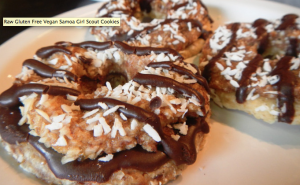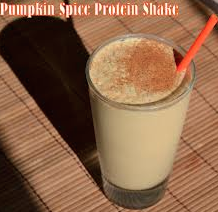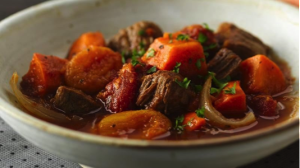Have a Drink and Minimize Weight Gain
Drinking is so commonplace in our society that it is the one of the most common struggles dieters face. They can cut out junk food and sodas, but when it comes to saying, “NO” to the party juice, it becomes a bit more difficult. If you think about it, there’s always a reason to have a few drinks.
“It’s my buddy’s birthday!”
”I’m on vacation!”
”It’s Monday!”
It’s hard to keep track of how many drinks you’re consuming when there are so many festivities involving people offering to fill your cup. We already know that drinking too much alcohol is detrimental to your health and your waistline, and many dietitians and personal trainers would suggest cutting it out of your diet completely if your trying to lose weight.
This doesn’t mean you have to start condemning your social life to knitting at home with your pets just yet. There is a way for you to drink socially but still maintain or lose weight. It must be noted that drinking alcohol is not the only factor that makes your waistline expand, but every extra sip and bite counts.
For a lot of social drinkers, it is almost impossible to only have less than 2 drinks a day and maintain for every occasion. With that being said, there is a way to keep alcohol in your life while at the same time maintaining a healthy weight.
Calories and Alcohol
Alcohol is essentially empty calories, as it provides no nutritional value that the body needs in order to function properly. It’s the first fuel that is used before carbohydrates, fats and protein, which delays the weight-loss process. It is estimated that alcohol slows down a person’s ability to burn fat by up to 36%.
While protein and carbohydrates are about four calories per gram, one gram of fat is worth nine and alcohol about seven. This demonstrates how you’re not getting a lot of bang for your buck if you’re getting your calories from alcohol as opposed to getting them from nutritious and filling meals.
Alcohol also increases the appetite. You know the feeling: You’re at a restaurant with friends, the wine is being poured, and everyone’s having a great time. You don’t remember a time in your life when food ever tasted so good. Your judgment is cloudy, to say the least, and suddenly you’re inhaling everything in sight regardless of whatever “plan” you’re supposed to be on. This can add in an extra 1,000 calories during dinner, not taking into account the calories from all the wine/beer.
Let’s not forget how you feel the day after a night of drinking either: You’re still dehydrated, hungry and much more likely to continue indulging. The chances that you will want to work out when you feel this way are slim, adding another con to the list.
Tips/Tricks to Drink in Moderation
- Stay away from fruit juices. If you’re having vodka, drink it with tonic/soda with a lime instead of cranberry juice or orange juice.
- Pick light beers over darker beer
- Try waiting an hour after you get to an event before having a drink.
- Eat a healthy and filling meal before heading out for a night on the town.
- If you come home and you feel like ravaging whatever is in your fridge, drink two large glasses of water, then have a healthy snack.
Remember that it’s not about getting ridiculously hammered for two days out of the week as long as you ate salads along the way. Use your judgment.
Believe that you are allowed to be healthy, eat well and enjoy drinks socially. The fact is that there are many social drinkers out there who maintain healthy, lean physiques. For the most part, they eat moderately as well. They know that drinking can be a fun addition to life, but it’s not something they abuse or use to excess.















